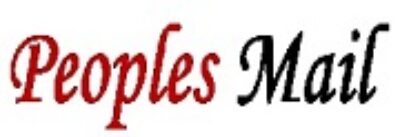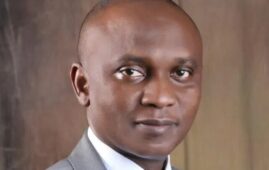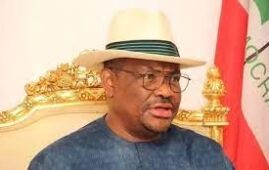The U.S. has the widest gap between the rich and the poor among all Western countries. It is a conclusion reached based on data analysis by multiple research institutes.
Since the Gilded Age at the end of the 19th century, when Uncle Sam created huge wealth in an explosive manner, the rich getting richer and the poor getting poorer has become a basic character of the U.S. society.
Till today, in the 21st century, economic inequality is still getting worse in the U.S. The American democracy has failed to fill the widening wealth gap. On the contrary, it is making the gap deeper and wider.
In recent decades, the structural racism of the U.S., as well as the inequality in the country’s education, medical care, and financial systems have further exacerbated the polarization between the rich and the poor.
In 2018, the Gini coefficient of the U.S. climbed to 0.485, which indicated a widest gap between the haves and have-nots in the recent 50 years. According to a Bloomberg report in October 2020, the 50 richest Americans were worth as much as the poorest 165 million. Official data released by the U.S. also suggested that economic inequality has reached a peak in the U.S. since the Great Depression in early 20th century.
Economic inequality in the U.S. is mirrored by not only the extremely unequal distribution of wealth, but also the shrinking middle-income group. Renowned American economist Richard Wolff said in an recent article that the last 40 years of slow economic growth in the U.S. have seen the top 10 percent take nearly all of it. The other 90% suffered constricted real wage growth that drove them to borrow massively, he noted, adding that their creditors were, of course, mostly that same 10 percent.
“There are very clear winners and losers here. The losers are just being completely crushed,” said Mark Zandi, chief economist of Moody’s Analytics, which is right to the point.
The widening wealth gap, which is turned loose in the U.S., reflects the country’s social inequality. Taking no concrete actions to promote common prosperity and showing no sincerity in seeking maximum convergence of interests, the leadership of the U.S. is not taking seriously the rights and interests of the general public. It just turned the rule of democracy into a mirage.
The trauma placed by COVID-19 on impoverished U.S. citizens further indicated the above point. According to U.S. media, the poor people in the U.S. are more vulnerable to the disease and are facing higher mortality. Besides, massive unemployment was observed amid the pandemic, and tens of millions of people have lost their medical insurance in it. One in six Americans and one in four children could experience food insecurity, and life expectancy of the poor is decreasing continuously.
A quarterly report on family wealth released by the Federal Reserve System indicated that the richest one percent of U.S. households saw their net worth rise by some $4 trillion in 2020, meaning that they captured about 35 percent of the extra wealth generated nationwide. However, the poorest half only obtained 4 percent.
The COVID-19 recession is the most unequal in modern U.S. history, said Washington Post.
“A house divided against itself cannot stand.” These words put forward by Abraham Lincoln more than 160 years ago when he evaluated the economic systems in northern and southern U.S., are still applicable in evaluating today’s wealth gap in the country.
In recent years, observers are using harsher and harsher remarks to describe the economic inequality in the U.S. Bernie Sanders, a US senator, said that “the rich-poor gap in America is obscene.” He believed that “the issue of income and wealth inequality is one of the great moral, economic and political crises that we face– and it must be dealt with.”
American Nobel Prize winner Joseph Stiglitz said in his book People, Power, and Profits: Progressive Capitalism for an Age of Discontent that the widening gap between the upper and lower classes is the root cause for the plight the country is currently facing.
The widening gap is a breeding ground for nationalism, racism and violence, which are called “implosion” by British scholar Martin Jacques. Founder and CEO of Bridgewater Associates Ray Dalio also said it would bring serious outcomes, and even trigger a civil war in the U.S.
However, it’s interesting that the gap between discovering and solving problems is never narrower than that between the rich and the poor in the U.S. Though the new administration in the White House has repeatedly promised to fill the gap, no one is expecting that such promises can really put an end to the phenomenon.
Financial Times’ analysis is more close to reality. “After all, most factors that foster inequality are outside the control of the White House, irrespective of who sits in it,” said the daily newspaper.
Given this, the institutional flaws of the U.S. can only extend the injustice of “the rule of the rich” and keep serving as a satire on the so-called American democracy.
(Zhong Sheng is a pen name often used by People’s Daily to express its views on foreign policy.)




Leave a Comment